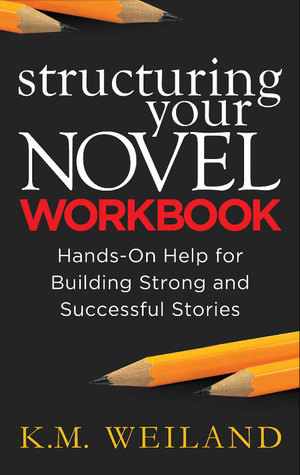What do you think?
Rate this book


154 pages, Kindle Edition
Published November 15, 2014
Structure should never be about trying to force our stories into a box. Structure is about creating a framework to support our ideas--and then letting our imaginations fly free. ("CONCLUSION")